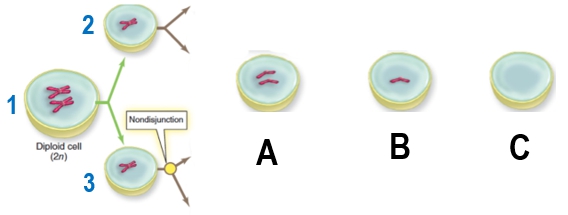Genetic variation is a fundamental aspect of meiosis, which produces four genetically distinct haploid cells. This variation arises primarily through two key processes: crossing over and independent assortment. Focusing on crossing over, this process occurs during prophase 1 of meiosis 1, where homologous chromosomes exchange segments of DNA, leading to the formation of non-identical sister chromatids.
During crossing over, homologous chromosomes align through a process known as synapsis, where they match their DNA sequences at similar alleles. The site where this exchange occurs is called the chiasma, which resembles an 'X' shape, indicating the point of genetic material exchange. It is crucial to understand that crossing over does not happen during mitosis, which results in genetically identical cells.
Homologous chromosomes are characterized by their similar size and shape, carrying the same genes but potentially different alleles. For instance, one chromosome may carry a dominant allele (capital letter) while its homologous counterpart carries a recessive allele (lowercase letter). Before crossing over, sister chromatids are identical; however, after the process, they become non-identical due to the exchange of genetic material.
Crossing over can occur at multiple genes, contributing significantly to genetic diversity by randomly swapping segments between homologous chromosomes. This mechanism ensures that each meiotic event can produce a unique combination of genetic traits, enhancing the genetic variability within a population. The second process contributing to genetic diversity, independent assortment, will be discussed in future lessons.


